Learning how to brew a delicious cup of drip coffee is the first step to transforming your everyday coffee routine into something special. With the right choice of beans and brewing method, the flavors of your coffee can change dramatically, making every sip a delightful experience. In this article, we’ll break down easy-to-follow techniques that even beginners can master, so be sure to read all the way through!
We’ll also share tips and habits that will help you maximize the aroma and taste of your coffee. By mastering the art of brewing great drip coffee, you’ll turn your daily coffee moments into richer, more enjoyable experiences. So, let’s dive deep into the wonderful world of coffee together!
- Tips for Choosing the Right Coffee Beans for Delicious Drip Coffee
- Essential Tools and Basic Brewing Techniques
- Advanced Drip Brewing Techniques for Aficionados
Choosing the Right Beans for Delicious Drip Coffee
To truly enjoy a great cup of drip coffee, selecting the right beans is essential. The flavor and aroma of your coffee can vary significantly depending on the type of beans and their roast level. Understanding how your choice of beans can transform your coffee experience is key. In this section, we’ll dive into the different types of beans, their characteristics, and the importance of roast levels, so you can make informed decisions.
Types of Beans and Their Characteristics
There are primarily two types of coffee beans: Arabica and Robusta. Arabica beans are known for their balanced sweetness and acidity, boasting a rich aroma, making them a popular choice in specialty shops and cafés. On the other hand, Robusta beans have a stronger bitterness and a higher caffeine content, appealing to those who enjoy a bolder flavor. By understanding the characteristics of each type of bean, you can choose the coffee that best suits your taste.
Other factors that influence your choice include the beans’ origin, variety, and harvesting methods. For instance, Ethiopian beans are celebrated for their fruity aroma, while Colombian beans are known for their nutty flavor. Thus, selecting the right beans is a crucial element in determining the taste of your coffee.
- Arabica beans offer a pleasant balance of sweetness and acidity
- Robusta beans provide a bold flavor with high caffeine content
- It’s important to understand flavor differences based on origin and variety
The Importance of Roast Level
Roast level significantly impacts the flavor profile of coffee. Light roasts are characterized by their strong acidity and pronounced fruity notes. Medium roasts strike a good balance and allow for a variety of flavors, making them a favorite among many coffee drinkers. Dark roasts, known for their robust bitterness and smoky flavor, may not have as much acidity, so personal preference plays a big role in your selection.
Since the roast level can dramatically alter the coffee’s personality, finding one that aligns with your taste is vital. Refer to the labels and descriptions of the beans, and try different roasts to discover the one that’s just right for you.
- Light roasts have strong acidity and fruity flavors
- Medium roasts offer a well-balanced and diverse taste
- Dark roasts feature strong bitterness and a smoky profile
The Basics of Brewing Drip Coffee
To brew a delicious cup of drip coffee, it’s essential to grasp the fundamental techniques involved. After learning about choosing coffee beans and the roasting process, the next step is understanding how to brew. In this section, we’ll take a closer look at the necessary tools, preparation, and the importance of water temperature and extraction time—so you can get the most out of your coffee experience.
Essential Tools and Preparation
To brew drip coffee, you’ll need a few key tools. First, you’ll need a grinder to prepare your coffee beans, a dripper for the extraction process, and filters. Drippers come in various shapes and materials, so choose one that suits your personal taste. Additionally, a good coffee pot is crucial; selecting one that allows for easy pouring will help you distribute hot water evenly over your coffee grounds.
During the preparation stage, it’s also vital to grind your beans to the right consistency. The coarseness or fineness of the grind will significantly impact the flavor of your coffee, so adjust it according to your preferred brewing method. Once you have all the necessary tools, you’ll be ready to start brewing!
- Grinder, dripper, and filters are essential
- Choosing a pour-friendly coffee pot is important
- The grind size affects flavor
Water Temperature and Extraction Time
For a great cup of drip coffee, water temperature and extraction time are critical factors. Generally, the ideal temperature for brewing coffee is between 195°F and 205°F (90°C to 96°C). Brewing within this range ensures you extract the beans’ flavors effectively. If the water is too cool, you won’t get enough flavor, while water that’s too hot can lead to a bitter taste.
Extraction time is equally important. The ideal brewing time is typically around 3 to 4 minutes, but this may need to be adjusted based on the type of beans and grind size. Brewing for too short a time can result in a weak flavor, while brewing for too long can introduce bitterness. Experiment with the temperature and time to find the flavor profile that suits your taste.

If you’ve grasped the basics of drip coffee from this article, you might want to dive deeper into the world of coffee with our comprehensive guide, “How to Brew Coffee: A Complete Guide for Beginners.” This guide offers detailed insights into choosing beans and brewing techniques to enrich your home coffee experience.
- The ideal water temperature for brewing is 195°F to 205°F
- A brewing time of 3 to 4 minutes is recommended
- Temperature and time adjustments depend on the type of beans
Habits for Enjoying Great Coffee
To truly appreciate a delicious cup of drip coffee, it’s not just about the brewing technique; your daily habits play a crucial role too. By reevaluating how you store your coffee and your everyday routine, you can elevate your coffee experience. In this section, we’ll dive into the best practices for coffee storage and daily rituals that can enhance your enjoyment, so take some notes!
Coffee Storage Tips
Proper storage of coffee beans is essential to preserving their flavor. Beans are sensitive to air, light, and moisture, all of which can lead to deterioration. The best way to store coffee is in an airtight container kept in a cool, dark place. It’s best to avoid storing them in the fridge or freezer, as they can easily absorb moisture and odors.
Additionally, freshness is key after roasting, so it’s advisable to use your coffee beans as soon as possible after purchasing. Ideally, you should consume them within a month of opening the package. This way, you can ensure that you’re always enjoying delicious drip coffee.
- Store coffee beans in an airtight container in a cool, dark place
- Avoid refrigeration or freezing
- Aim to finish opened beans within a month
Daily Routine
To savor coffee at its best, establishing a daily routine is important. Start by setting aside a specific time for brewing your coffee and creating a pleasant environment. Prepare your favorite cup and beans, and brew in a space where you can relax. This can transform your coffee-making into a rich and enjoyable experience.
Moreover, having a consistent coffee-brewing schedule can refresh both your mind and body. Whether it’s a morning pick-me-up or an afternoon break, incorporating coffee into your daily life can make it a cherished ritual that adds some joy to your day.

If you found this article interesting, you might also enjoy “How to Choose Coffee Beans and Deepen Your Understanding of Acidity.” Learning more about coffee bean acidity and roasting will help you enjoy your perfect cup even more!
- Set a time for brewing coffee and create a relaxing environment
- Prepare your favorite cup and beans
- Refresh your mind and body with a daily routine
Advanced Drip Coffee Techniques
Mastering advanced techniques is crucial for those seeking to brew delicious drip coffee. After you’ve grasped the basics and established your routine, it’s time to dive deeper into the world of coffee by incorporating tips and tricks that enhance your brewing experience. In this section, we’ll explore hand-drip techniques and methods to bring out the best flavors, so read on for some valuable insights.
Tips for Hand Dripping
Hand-dripping is a popular method for maximizing the flavor of your coffee. In this technique, the way you pour the hot water and the timing of your pours are essential. Start by pouring hot water from the center of the coffee grounds outward, ensuring that all the coffee is evenly moistened. After a brief wait of several seconds, gradually add more water in a slow, steady stream.
To achieve a uniform extraction, consider pouring in a circular motion. Additionally, tweaking the water temperature and pouring speed can significantly influence the flavor of your coffee. Experiment to find your ideal hand-drip style, and enjoy a more flavorful cup.
- Pour water from the center outwards
- Wait a few seconds before gradually adding more water
- Use creative pouring techniques for even extraction
Enhancing Flavor
There are various ways to enhance the flavor of your drip coffee. Factors such as the grind size, roast level, and water quality all impact the final taste. Simply altering the grind size can dramatically change the flavor profile, making experimentation key.
Moreover, instead of drinking your coffee immediately after brewing, allow it to cool slightly. This can help you appreciate the aroma and taste more fully. Additionally, consider adding milk or syrup to elevate the coffee’s flavor. By putting your own twist on it, you can increase your enjoyment.

If you’re looking to deepen your appreciation for coffee, check out our article on “How to Make Hand Drip Coffee Even Better: Bean Types and Flavor Differences”. Understanding how to choose beans and their flavor variations will elevate your drip coffee experience even further.
- Experiment with different grind sizes to discover new flavors
- Allow the coffee to cool slightly before drinking
- Enjoy personalizing your drink with milk and syrup
Conclusion
We’ve explored a wide range of topics on how to brew delicious drip coffee, from selecting the right beans to basic brewing techniques, habits that enhance flavor, and advanced skills for seasoned coffee lovers. To truly savor your coffee, it’s essential to pay attention to the type of beans, roast level, storage methods, and the temperature and duration of the water during extraction. By keeping these points in mind, your daily coffee ritual can become something truly special.
Incorporating hand-drip techniques and experimenting with ways to enhance flavors can elevate your coffee experience even further. I encourage you to try out various methods to find the style that suits you best. Here’s to enriching your coffee journey!
- Choosing the right beans is key to great drip coffee
- Water temperature and timing during brewing affect flavor
- Daily habits enhance the coffee experience
Why not start brewing delicious drip coffee today and enjoy a special moment? We’d love to hear about your coffee experiences in the comments!


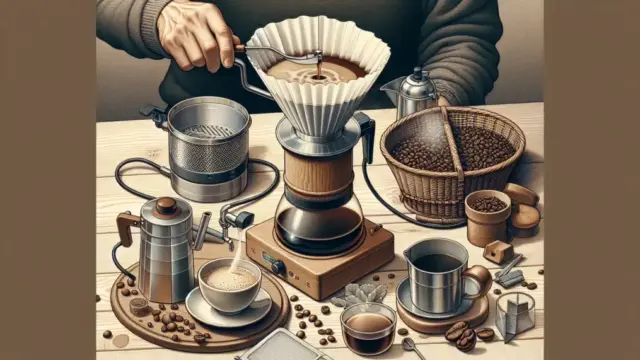
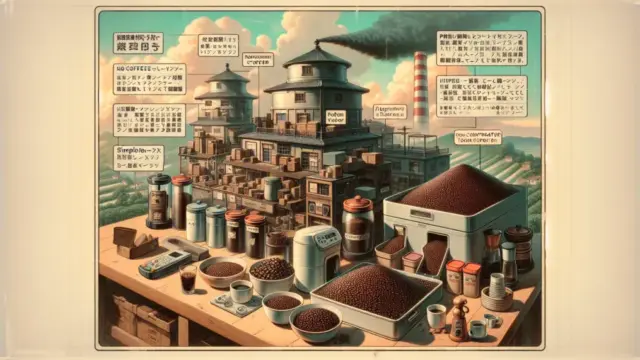



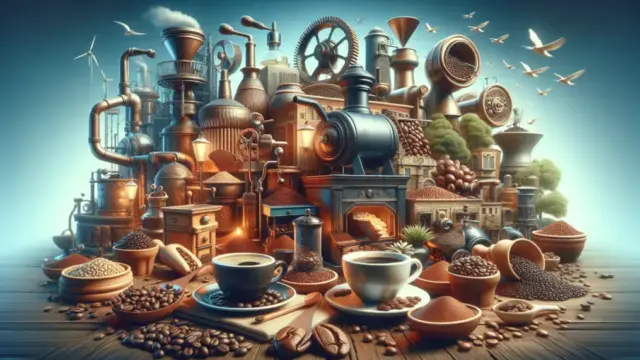
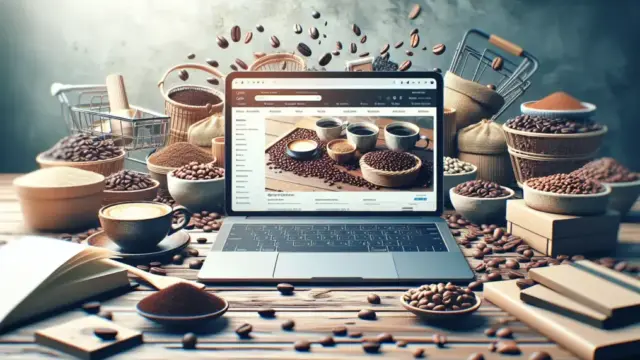
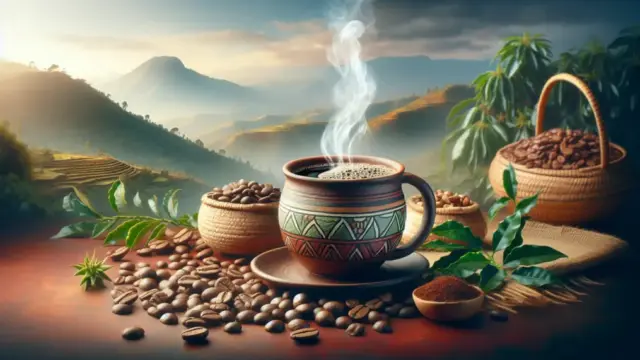



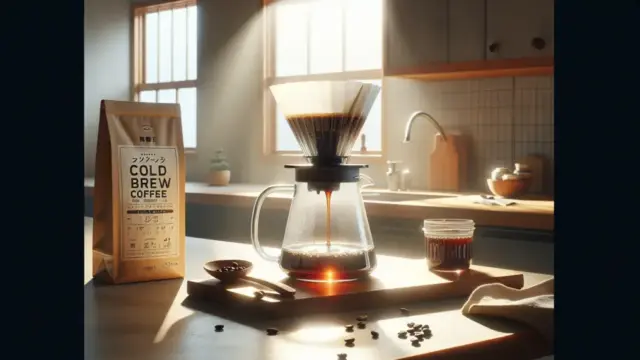
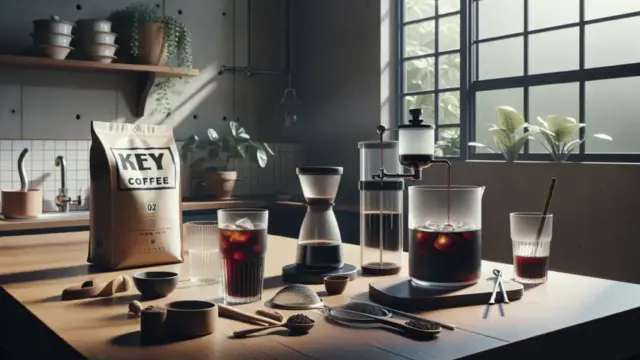


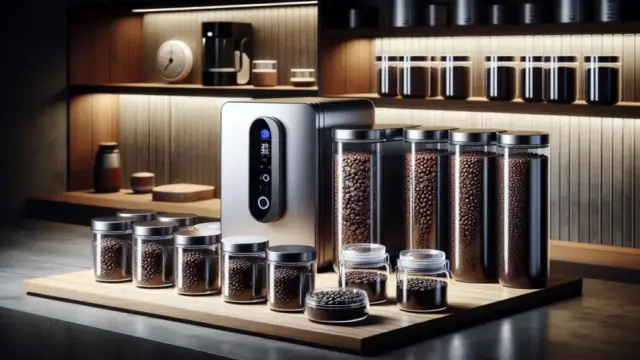

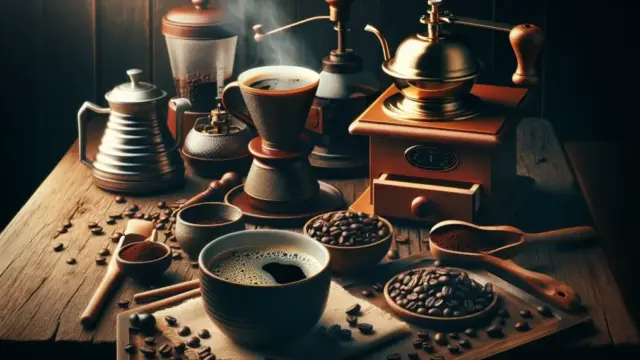


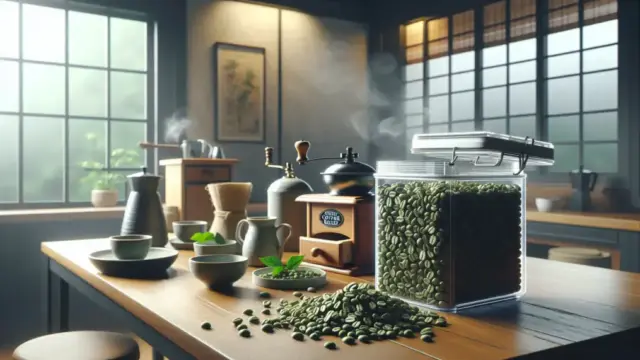
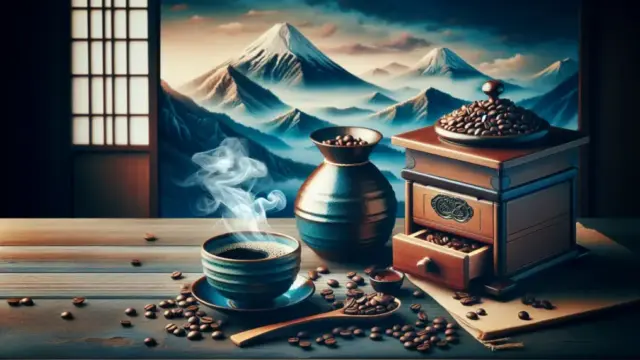

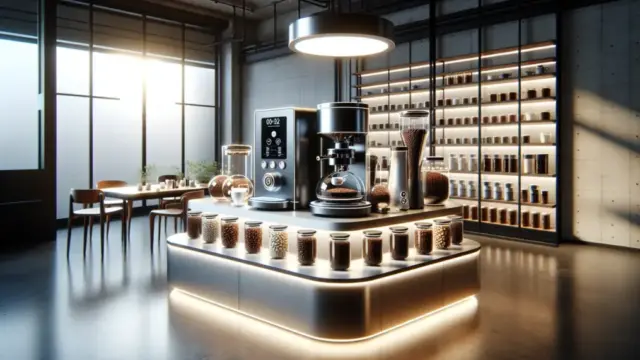



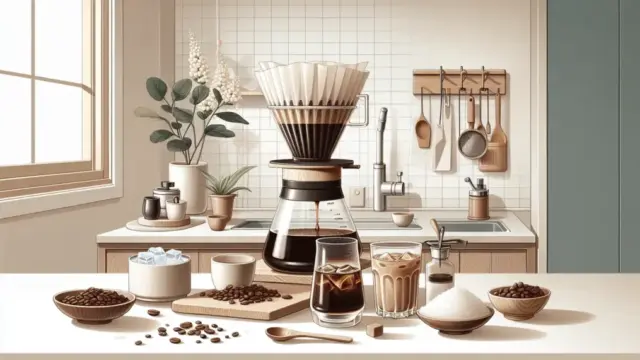

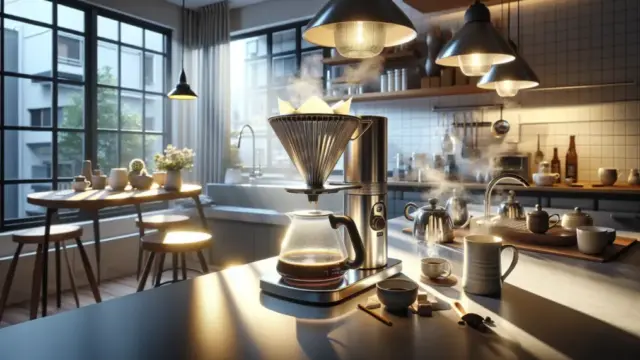




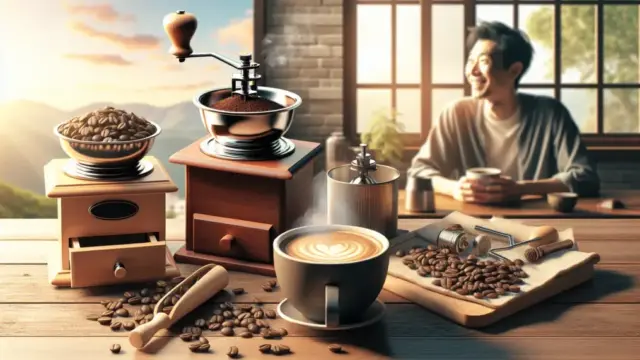



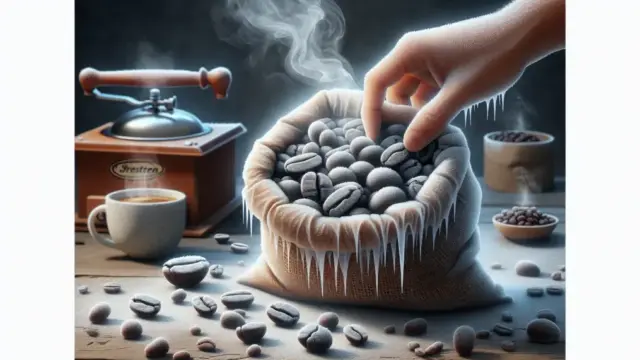






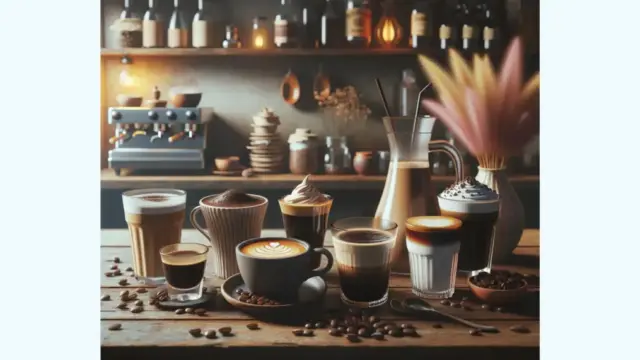



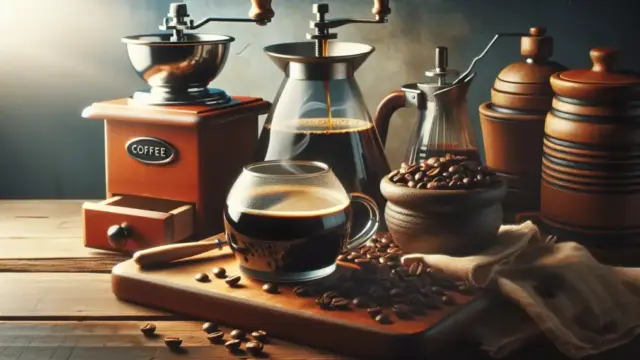

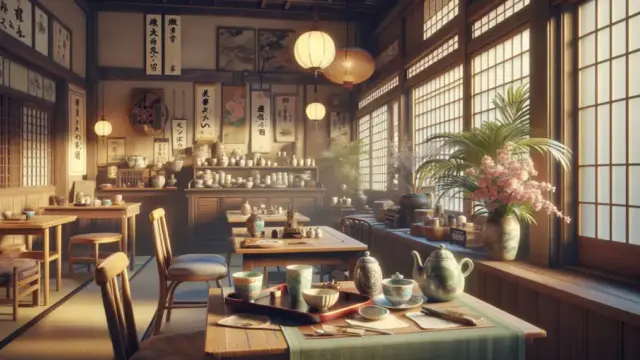








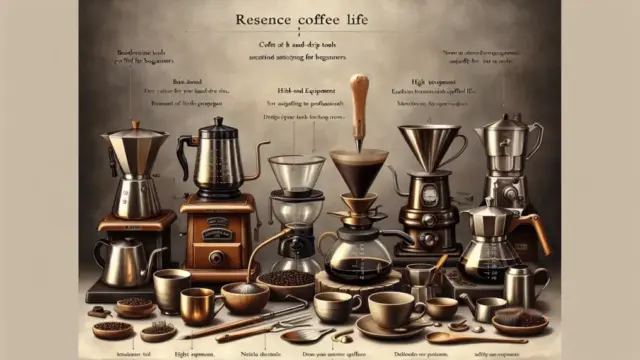


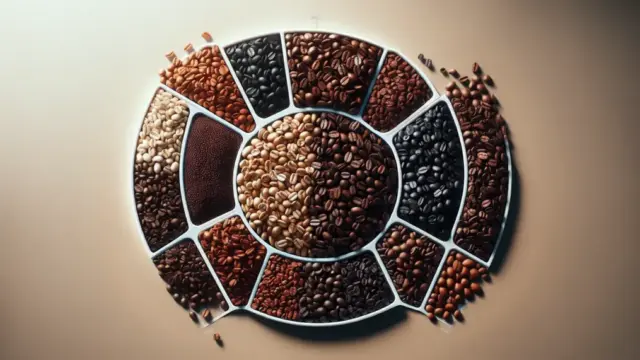
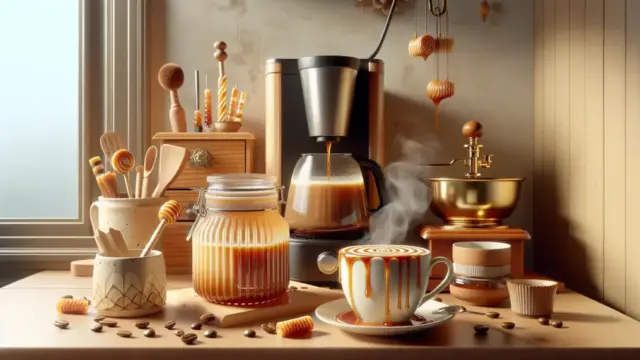






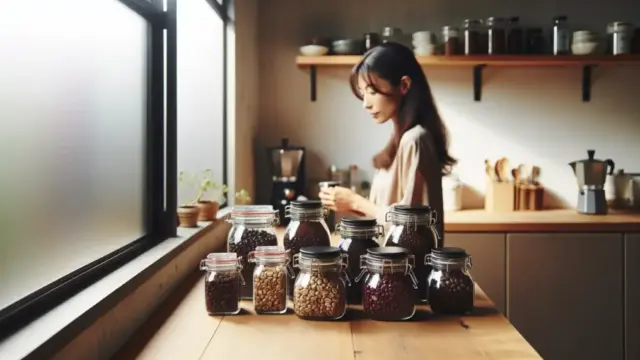

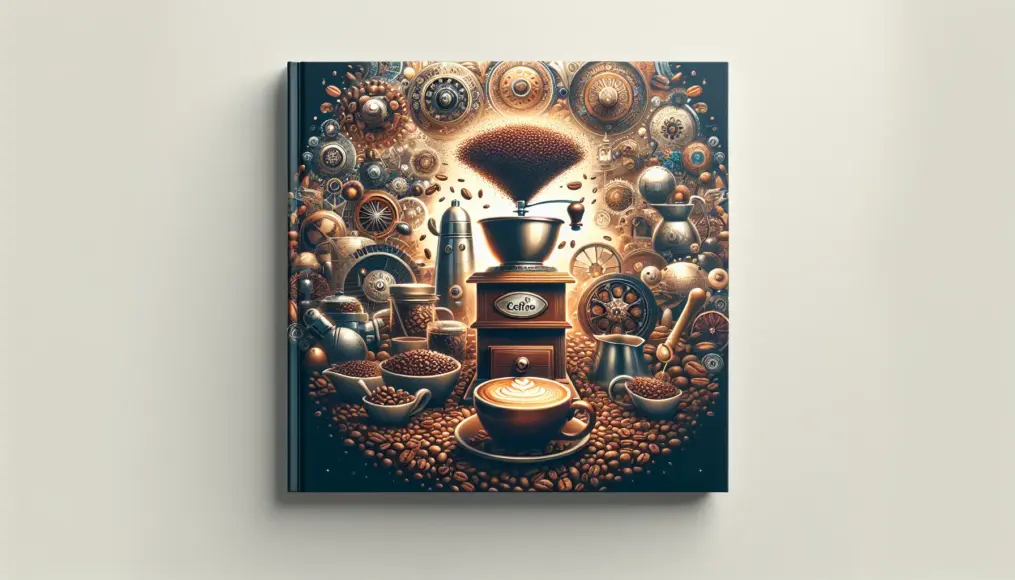

Comment